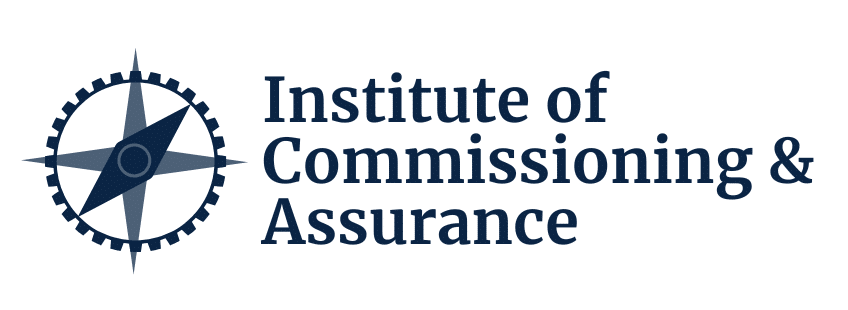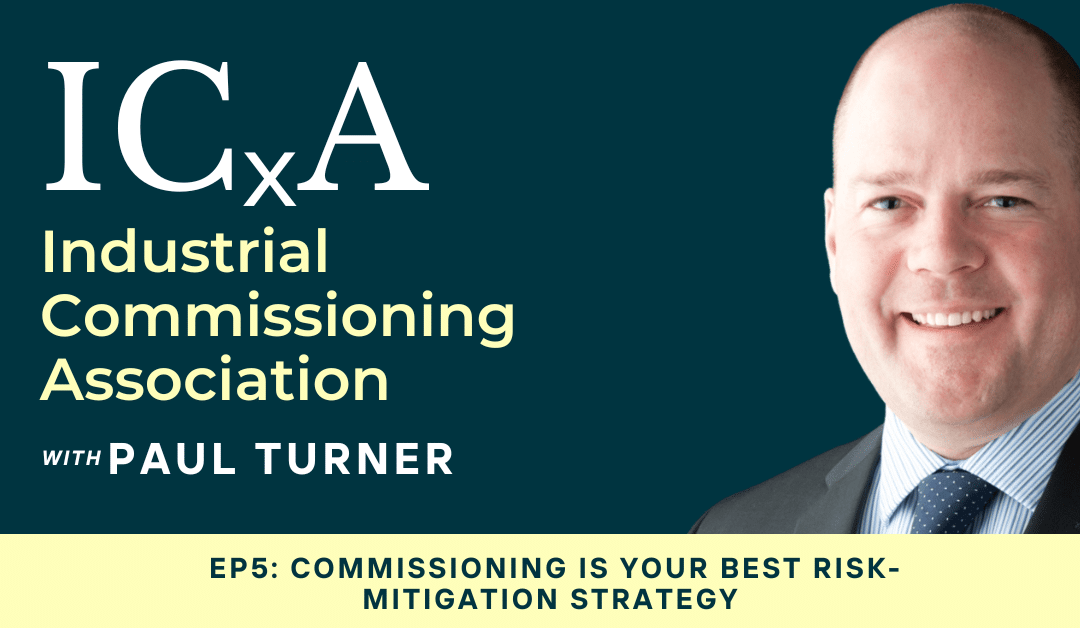We are going to discuss commissioning as a form of risk mitigation for your projects. Often, you hear commissioning professionals advocating for early involvement in projects to help plan and execute the commissioning duties that come later. On the other hand, project leaders sometimes express skepticism about the value of involving commissioning teams early on. This disconnect likely stems from confusion between testing and commissioning.
Commissioning vs. Testing
It’s important to clarify that you don’t need testing early in a project. There’s nothing to test when you’re preparing contracts or working on front-end engineering design (FEED) processes. Bringing in a full team of 30 or 50 testers at this stage wouldn’t make sense, and this is likely the misunderstanding project leaders have. They may think early commissioning means bringing in the testing team prematurely.
However, what’s really needed is the involvement of a Commissioning Project Manager (CxPM). This role is critical for identifying potential issues early in the project—issues that could be far more costly to address later on. This early involvement saves both time and money, which is why commissioning teams push for early participation, not for testing, but for the strategic planning and risk management that comes with commissioning oversight.
When to Address Project Issues
Let’s consider two extremes of when a project issue might be addressed:
- Early Stage: The issue is identified during FEED processes or before contracts are even signed.
- Late Stage: The issue is addressed post-project, during litigation or court proceedings.
At which point would it be less expensive to resolve the issue? It’s obvious that litigation is the costliest option. On the other hand, addressing the issue early—during contract writing or FEED processes—will always be cheaper, faster, and easier. This is the primary reason to engage your CxPM early in the project. They help catch issues before they spiral into expensive problems, saving both time and money in the long run.
The Role of a Commissioning Project Manager (CxPM)
Having a certified CxPM involved early in the project brings several key benefits. When preparing contracts, for example, the CxPM ensures that construction sequences are prioritized and aligned with the commissioning startup sequence to meet your project’s in-service date. This input from an experienced CxPM is vital for aligning construction and commissioning activities from the start.
Additionally, your CxPM helps define specific construction contract details, outlining what construction teams must deliver to achieve successful commissioning and startup. Without these details defined in contracts early on, it becomes much harder to negotiate these requirements later after contracts are already awarded.
Applying Lessons Learned
Another critical role of the CxPM is bringing lessons learned from previous commissioning, startup, and operation phases back to the beginning of the project. Many projects gather lessons learned, but very few effectively apply them to future projects. Engaging the commissioning and operations teams during the early FEED stages allows these lessons to be integrated from the start. Instead of just documenting lessons learned and setting them aside, this method ensures that valuable insights are applied to improve the project’s outcome.
Systematizing Your Project
One of the key reasons to involve your CxPM early is that they will systematize the project during FEED processes. This systematization defines what’s required for construction deliverables to align with the commissioning and startup phases. Early systematization forms the backbone of your project, guiding design and construction deliverables to align with the commissioning sequence. When this process is delayed, construction activities become misaligned with commissioning, resulting in a chaotic and disorganized project towards the end.
This systematization also extends to setting up the commissioning software early, which is needed to manage gated completions and the complex transition from construction to commissioning. If this planning is done too late, it results in unstructured and unsafe transitions, creating safety hazards.
The CxPM as Risk Mitigation
A CxPM is your best resource for planning commissioning and identifying issues early. Having a CxPM involved early is like having a crystal ball—they can foresee potential problems because they know how the project needs to conclude. Their expertise helps you avoid issues that would be far more expensive to fix later during FEED or construction phases.
The best way to mitigate risk on your project is to engage a certified CxPM as early as possible. They can save you 10 to 100 times their salary by identifying issues early that could otherwise cost millions to resolve later.
Your monthly risk register is of little help if you’re not actively addressing the listed risks. What you need is active risk mitigation, and your CxPM provides just that—managing risks on an hourly and daily basis to ensure the project’s success. Engaging a CxPM early in your project is the best way to ensure not only the beginning but also the successful conclusion of your project.
If you’d like to learn more, visit our website at icxa.net.


Recent Comments